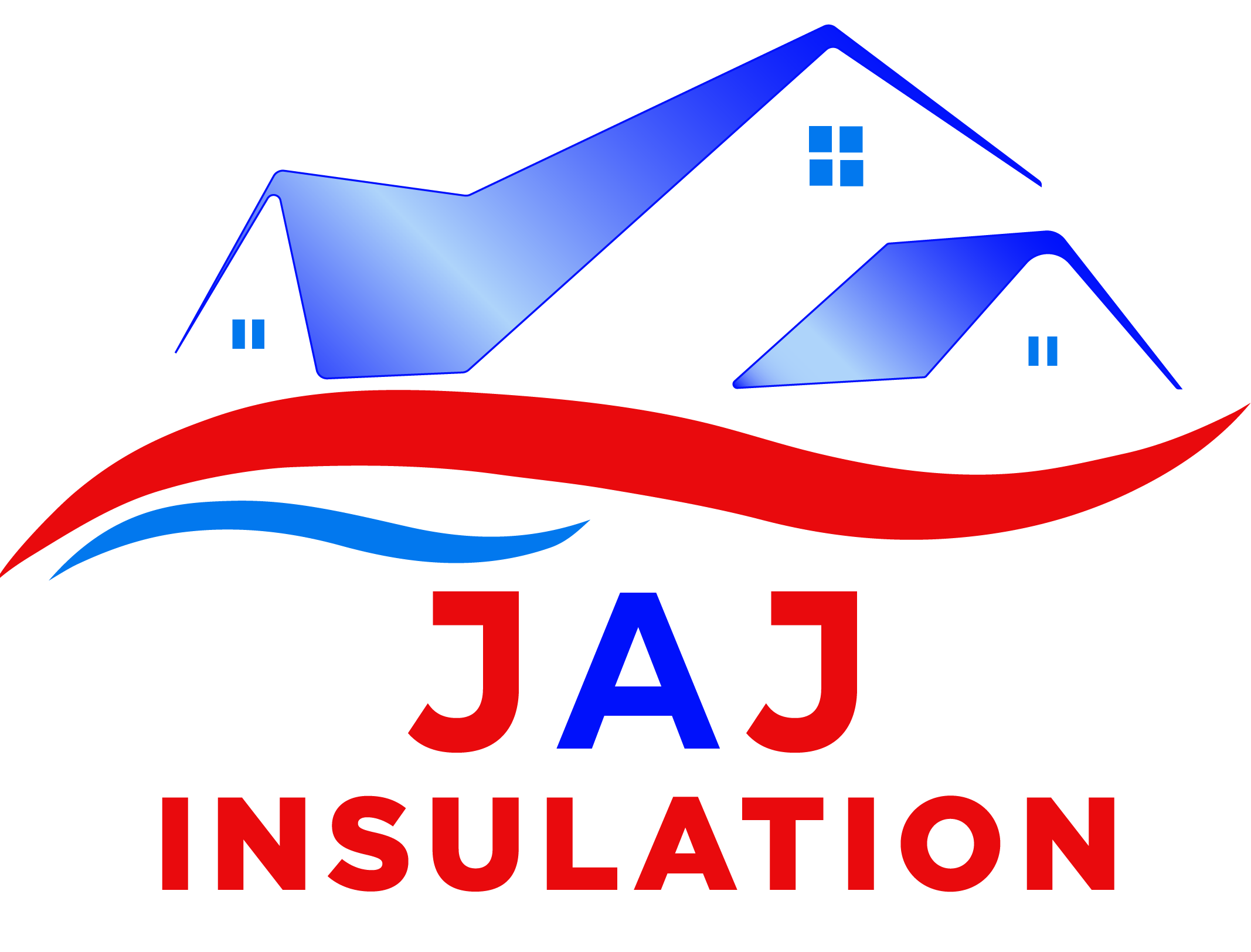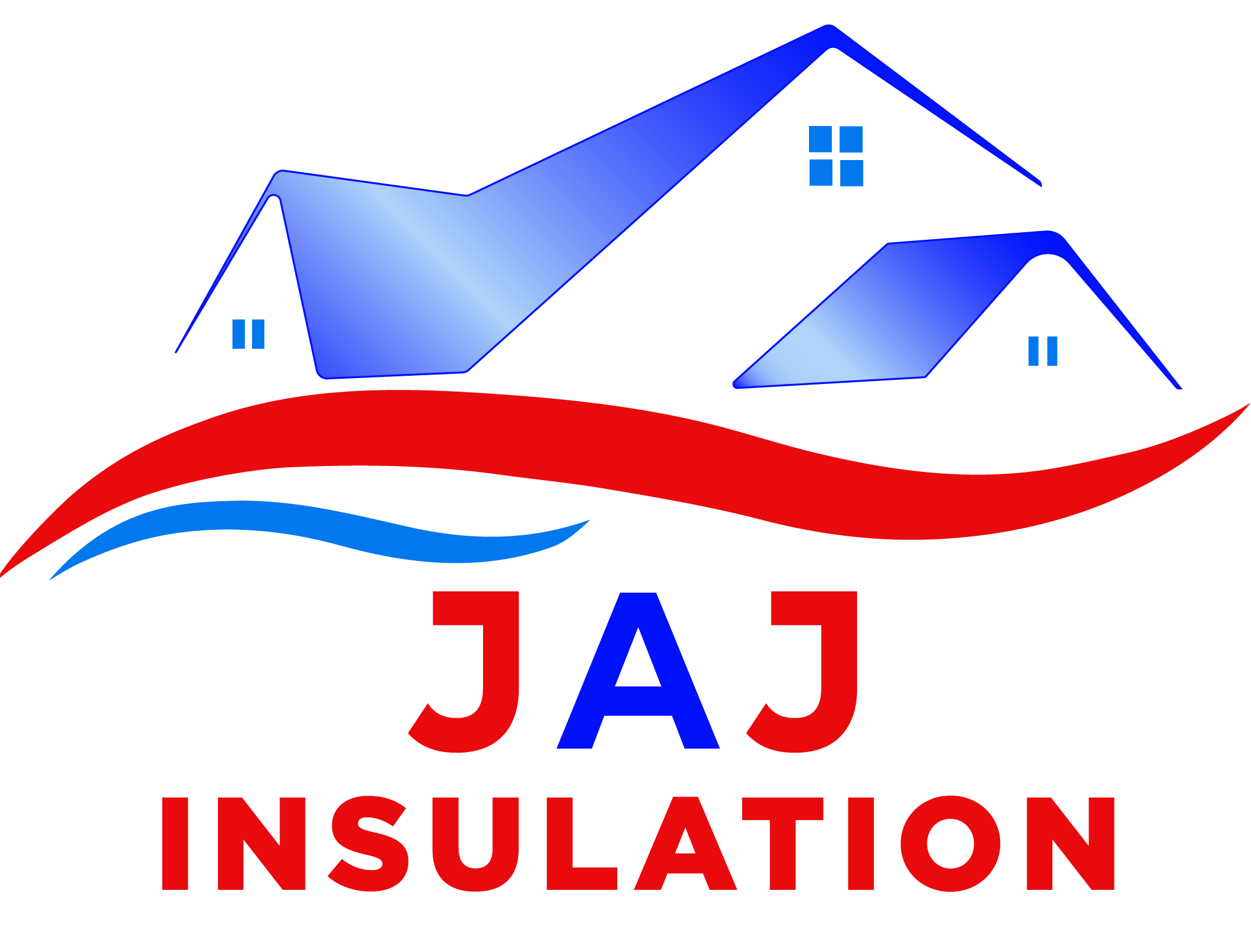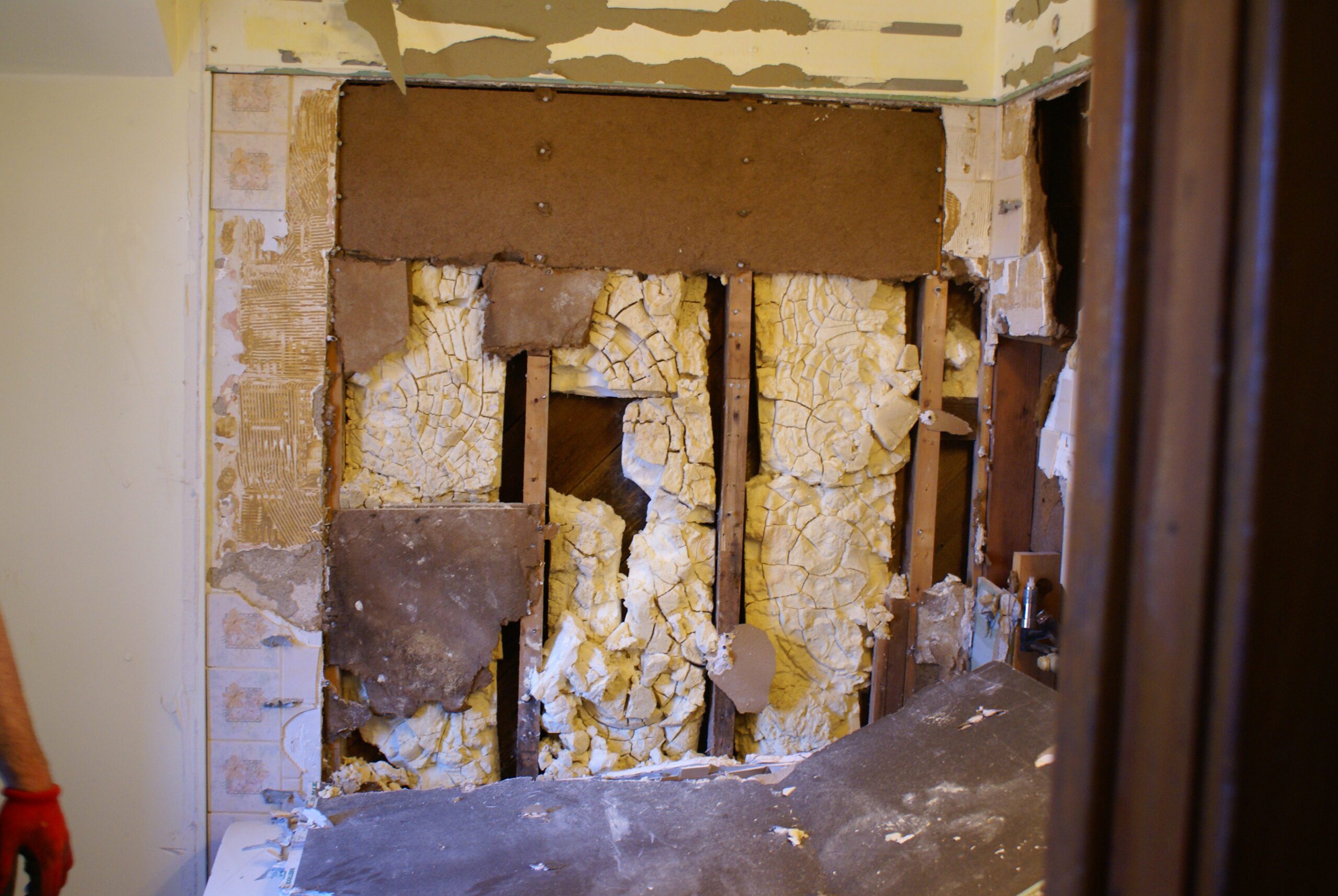Call us: (305) 879 6066
Is your home as cozy and energy-efficient as it should be? If you find yourself shivering in the winter and sweating through the summer, your home’s insulation might be the culprit. Poor insulation not only affects your comfort but can also lead to skyrocketing energy bills. In this article, we’ll explore seven telltale signs that your home is poorly insulated and what you can do to remedy the situation.

1. Fluctuating Temperatures
Do you experience drastic temperature fluctuations from room to room? Uneven temperatures are a clear indicator of insulation issues. Your home should maintain a consistent temperature throughout.
2. High Energy Bills
If your energy bills seem to be climbing higher each season, it’s time to inspect your insulation. Poor insulation leads to heat loss in the winter and heat gain in the summer, causing your HVAC system to work overtime.
3. Drafts and Cold Spots
Feeling drafts near doors, windows, or walls? Cold spots or drafts suggest that outside air is infiltrating your home. Proper insulation should seal these gaps.
4. Ice Dams
In snowy climates, ice dams on your roof can indicate inadequate insulation. When warm air rises through your attic, it can melt snow on the roof, leading to ice dams and potential water damage.
5. Mold Growth
Moisture problems and mold growth can be the result of poor insulation. Insulation helps regulate moisture, and when it fails, it can create conditions favorable for mold development.
6. Pest Infestations
Are unwanted guests like rodents making themselves at home? Gaps in your insulation can provide easy access points for pests seeking shelter.
7. HVAC Overwork
Listen to your heating and cooling system. If it’s constantly running or cycling frequently, it’s struggling to maintain your desired temperature due to poor insulation.
Remedying Poor Insulation
Now that you’ve identified the signs of poor insulation, it’s time to take action:
1. Schedule an Energy Audit: A professional energy audit can pinpoint insulation problems and provide recommendations for improvement.
2. Insulate Attics and Crawl Spaces: These areas are common culprits for poor insulation. Properly insulating them can make a significant difference in your home’s comfort and energy efficiency.
3. Seal Gaps and Cracks: Use caulk and weatherstripping to seal gaps around windows, doors, and any openings in walls or ceilings.
4. Upgrade Your Insulation: If your insulation is outdated or insufficient, consider upgrading to more efficient materials.
5. Hire an Insulation Company: When in doubt, consult with an insulation company with experience in residential insulation. They can assess your home’s specific needs and provide professional installation.


Conclusion
A well-insulated home is comfortable, energy-efficient, and cost-effective. If you’ve noticed any of these signs of poor insulation in your home, it’s time to take action. Whether you tackle the issue yourself or enlist the help of professionals, improving your home’s insulation is an investment that pays off in comfort and savings. Don’t let poor insulation compromise your quality of life; make your home a cozy sanctuary for all seasons.


